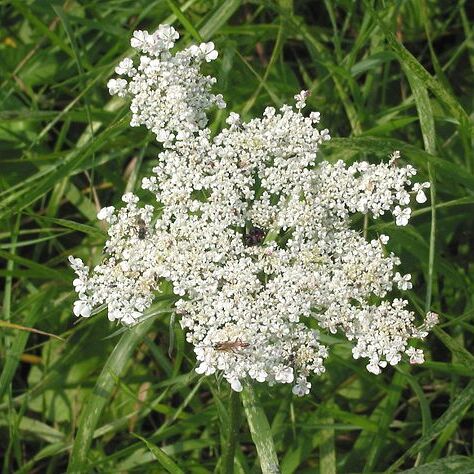Polygamous or rarely dioecious annual or perennial herbs with taproot (sometimes fleshy), rhizomes or stolons, occasionally woody shrubs or subshrubs, rarely small trees. Leaves basally rosetted (in herbaceous taxa) or cauline, simple or compound, alternate or rarely opposite or whorled; petioles often sheathing at base, rarely with stipules. Inflorescence terminal or axillary, either a simple or compound umbel, or a head reduced to 1–few flowers, with involucral bracts and bracteoles. Flowers actinomorphic, bisexual or unisexual; sepals 5 and petals 5 or either (sometimes both) absent; stamens 5, anthers 2-locular, dehiscing by longitudinal slits; nectary a disc (stylopodium) at base of swollen styles; ovary inferior, 2 (rarely 1)-locular, ovule 1 per locule, pendulous, styles 2, free, usually 2-lobed. Fruit a schizocarp, dry, indehiscent, usually separating at maturity from the central axis (carpophore) into 2 indehiscent mericarps; mericarps often flattened dorsally or laterally, with or without longitudinal ribs.
Fruit dry, dividing when ripe into 2 mericarps, supported by a central carpophore; carpels usually ribbed and often with resin canals (vittae) in their walls; mericarps sometimes hairy and sometimes provided with hooks or spines
Stamens 5, free, alternate with the petals; filaments inflexed in bud, anthers 2-celled, opening lengthwise
Flowers usually hermaphrodite, rarely unisexual, in simple or compound umbels, rarely capitate
Leaves alternate, usually compound and much divided, sometimes simple, rarely peltate
Herbs with furrowed stems and broad soft pith, rarely shrubs or small trees
Styles 2, ovary inferior, 2-celled, ovules solitary in each cell, pendulous
Petals 5, free, valvate or slightly imbricate, epigynous
Calyx adnate to the ovary, normally with 5 minute teeth
Seeds with copious endosperm and minute embryo

